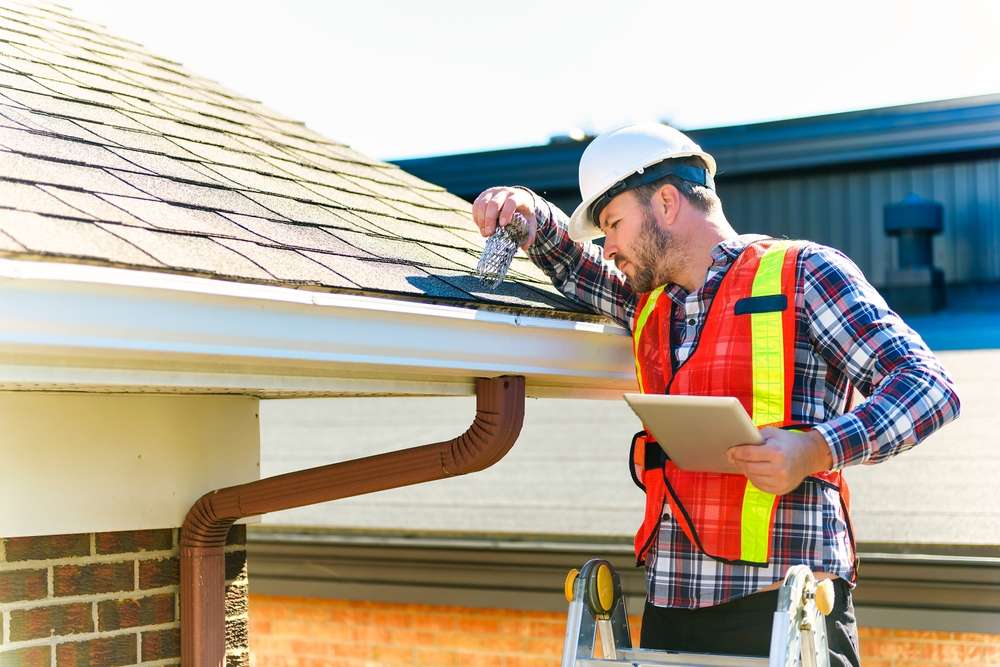Claims preparation for multi-jurisdictional property incidents
Preparing for property incidents that cross jurisdictions requires understanding differing regulations, documentation standards, and local service ecosystems. Effective claims readiness combines thorough risk assessment, clear coverage analysis, and organized evidence gathering to streamline recovery across borders.

Effective claims preparation for multi-jurisdictional property incidents begins with recognizing that risk, regulation, and operational realities vary significantly between locations. When an incident affects assets across different legal territories, insurers, asset owners, and service providers must coordinate evidence collection, estimate reconstruction needs, and align with varied compliance requirements. Early-stage planning that accounts for local inspection standards, sensor data, maintenance histories, and clear chains of liability can reduce delays in underwriting decisions and claims settlement. Building a playbook that maps local services, documentation requirements, and points of contact—in combination with standardized templates for asset valuation and damage reporting—improves consistency when claims cross borders and helps protect coverage position and legal compliance.
Property risk assessment
A comprehensive property risk assessment for multi-jurisdictional portfolios evaluates asset vulnerability, local hazard exposure, and likely points of failure. Use consistent templates to record building type, occupancy, critical systems, and sensor outputs where available. Incorporate findings from inspections and maintenance logs to produce comparable risk scores across locations. This harmonized approach supports faster claims triage: when an incident occurs, teams can more quickly prioritize high-value assets and determine whether mitigation or immediate reconstruction is required. Clear asset inventories with geo-tagged photos and sensor timelines reduce ambiguity about pre-loss condition and accelerate recovery planning.
Coverage and claims coordination
Coordinating coverage and claims across jurisdictions requires mapping policy terms, regional endorsements, and exclusion clauses that may vary by location. Maintain a central claims record that notes which insurer, policy, and local adjuster is responsible for each asset. Standardize documentation requests—proof of ownership, maintenance history, inspection reports, and sensor logs—to avoid repetitive evidence gathering. Effective coordination also includes defining how salvage, temporary repairs, and reconstruction will be authorized so that liability and payment flows are clear even when local practices differ.
Liability and underwriting considerations
Liability exposures and underwriting requirements can diverge between legal systems. Underwriters will assess local tort rules, statutory liabilities, and contractual obligations linked to tenancy or service contracts. Prepare dossiers that highlight compliance with local building codes, documented maintenance, and risk transfer mechanisms such as indemnities or subrogation rights. Clear, accessible records reduce uncertainty during underwriting reviews and claims audits, supporting fair allocation of liability and helping to prevent disputes that might otherwise prolong settlement.
Resilience and mitigation planning
Mitigation and resilience measures reduce claim frequency and severity, and they are central to cross-border preparedness. Standardize mitigation practices—regular maintenance schedules, backup power, flood barriers, and sensor-based early warning systems—and record results consistently. Sensors that capture environmental or structural data can provide objective pre-loss evidence and enable proactive interventions. Where reconstruction is likely, pre-approved design templates and vendor lists aligned with local codes can shorten project initiation, while resilience investments can influence underwriting terms for improved coverage conditions.
Inspection, maintenance, and asset documentation
Routine inspections and disciplined maintenance records form the backbone of defensible claims. Adopt uniform inspection checklists for physical assessments and for sensor calibration and health checks. Store all documentation—maintenance receipts, inspection certificates, and calibration logs—in a central, searchable system accessible to authorized local services and claims teams. High-quality documentation supports accurate asset valuation, substantiates loss causation, and helps underwriters determine appropriate coverage limits and deductibles when assessing multi-jurisdictional exposures.
Regulation, compliance, and reconstruction oversight
Regulatory and compliance requirements shape reconstruction timelines and acceptable repair methods. Different jurisdictions may mandate specific permits, certified contractors, or environmental remediation standards. Prepare compliance roadmaps for each location that list permit pathways, required approvals, and typical timelines. Oversight during reconstruction should include local project managers familiar with regional codes, standardized reporting back to insurers, and periodic inspections to confirm adherence to rebuild specifications. This reduces the risk of regulatory hold-ups and ensures reconstructed assets meet pre-loss functionality and compliance expectations.
Cross-border incidents challenge standard claims processes but can be managed through disciplined preparation. Consistent asset documentation, harmonized inspection practices, sensor-backed evidence, and clear coordination among underwriting, claims, and local services enhance resilience and speed recovery. By aligning mitigation efforts with regulatory expectations and by maintaining transparent records of liability and coverage positions, stakeholders improve the prospects for timely, compliant reconstruction and equitable claims outcomes.





